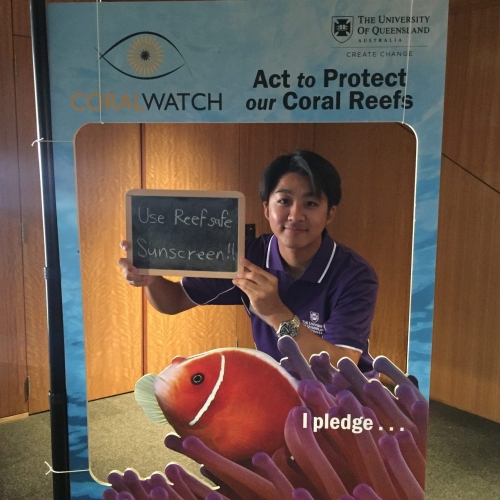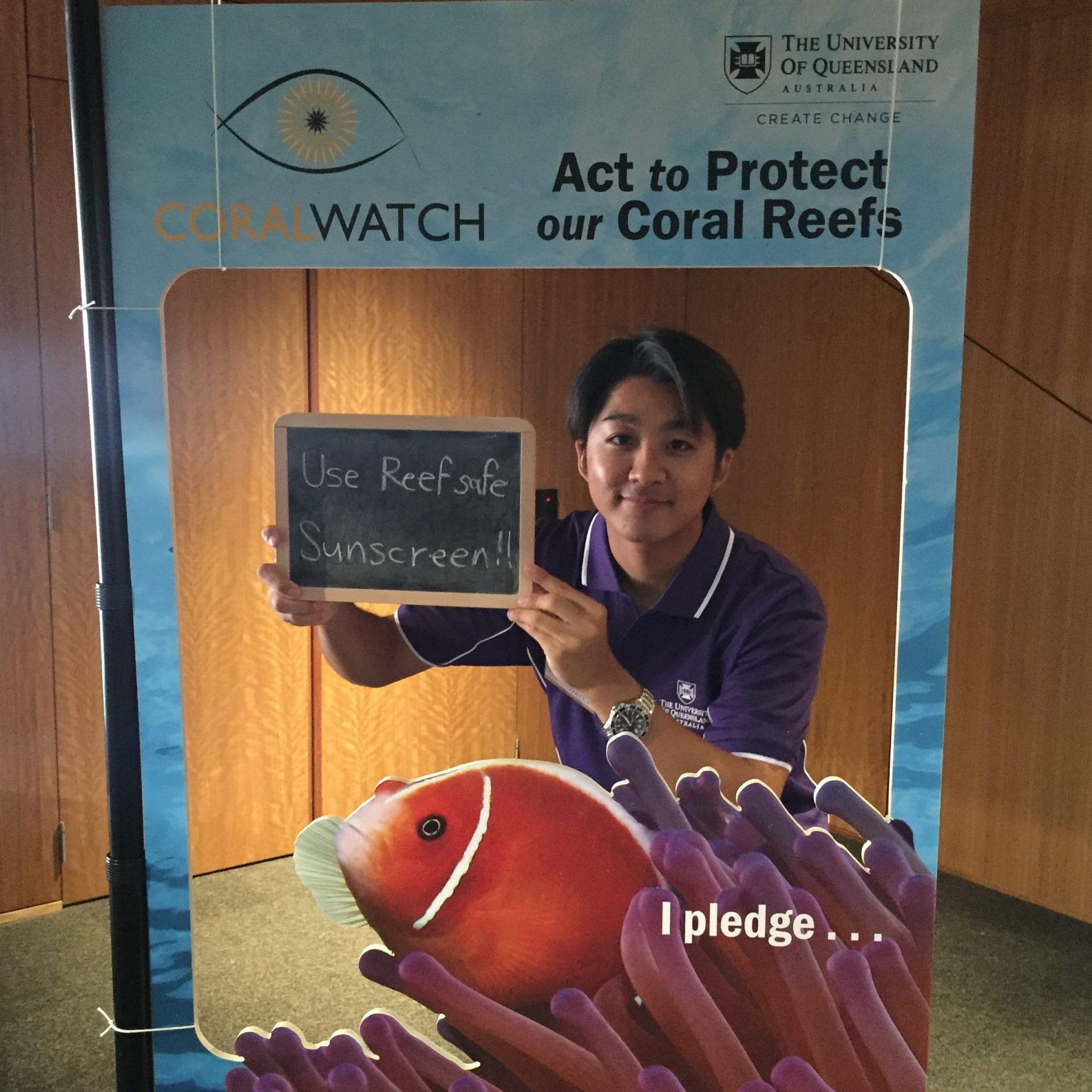
Hisatake Ishida
The University of Queensland
I completed my Bachelor of Science with a Dual Major in Computational Science and Marine Science at the University of Queensland (UQ) in November 2021. I have always been interested in the genetic/genomic/bioinformatics approach to mitigate coral bleaching and to assist coral reef restoration and rehabilitation. My undergraduate research at the Boden lab (UQ) focused on developing a Machine Learning pipeline to analyze Oxford Nanopore Sequencing of RNA from algal symbionts of corals. I will be commencing my honours degree in February 2022, investigating the novel approach to genomically characterize algal symbionts of corals.
Can you give me a quick overview of the type of mathematics you are studying and its potential applications or outcomes
I am applying Machine Learning to comprehensively identify the modified RNA bases with the use of the Oxford Nanopore Long Read Sequencing from the microalgae Symbiodiniaceae, which play significant roles as a photosynthetic symbiont in reef-building corals. It is envisioned that this established workflow will increase the understanding of the transcriptomic architecture of Symbiodiniaceae and enable the effective investigations of epigenetic regulation in any eukaryote organism.
How did you get into bioinformatics?
I have always been passionate about coral reef restoration since I first visited the Great Barrier Reef as a child in 2003. Early in my degree, I have gained great interest in bioinformatics as one of the most powerful tools to address the biological and computational questions in this field. I was especially inspired by some studies by Dr. Ruth Gates from the Hawaii Institute of Marine Biology.
What advice would you give to your younger self or others wanting to studying the mathematical sciences?
I would advise that some bioinformatics tools/methods such as Machine Learning are certainly complex, but the repetitive practice in programming and further understanding of the fundamentals would allow you to gain a more comprehensive understanding of their inner working and to solve complex problems.
What was your motivation for attending AMSI BioInfoSummer?
My motivations for attending AMSI BioInfoSummer were not only to gain further practical experience and knowledge in topics I had previously worked with in university but also to form connections with devoted students and academics in the field. I have heard about this from another student in my lab who attended AMSI BioInfoSummer 2019. For the future participants of AMSI BioInfoSummer, the diversity of topics and research covered by the seminars and workshops have opened my eyes to the extensive research opportunities in the field.
You received an AMSI BioInfoSummer registration scholarship to attend AMSI BioInfoSummer. How important was this in terms of your ability to attend and fully participate in the sessions throughout the week?
I am grateful to receive the scholarship to AMSI BioInfoSummer as it helped me financially to attend the physical event hub in Townsville, despite the global covid pandemic.
What was your main take away from AMSI BioInfoSummer?
I am currently aiming to improve my pipeline to analyze the Oxford Nanopore sequencing data, and some talks and workshops at the conference allowed me to gain valuable insight into the common and novel approaches/frameworks used for this kind of research. Besides, the event provided an opportunity to network with avid researchers and students at the event hub, hoping to stay in contact and potentially collaborate one day.
Where do you want the mathematical sciences to take you? Where do you see yourself in five or ten years’ time?
The career talk held at the conference was inspiring and helpful to learn diverse career pathways for Bioinformaticians. I would like to integrate my knowledge and skills in Bioinformatics, Computational Science, and Marine Science to develop methods and pipelines which will facilitate coral reef restoration efforts.

